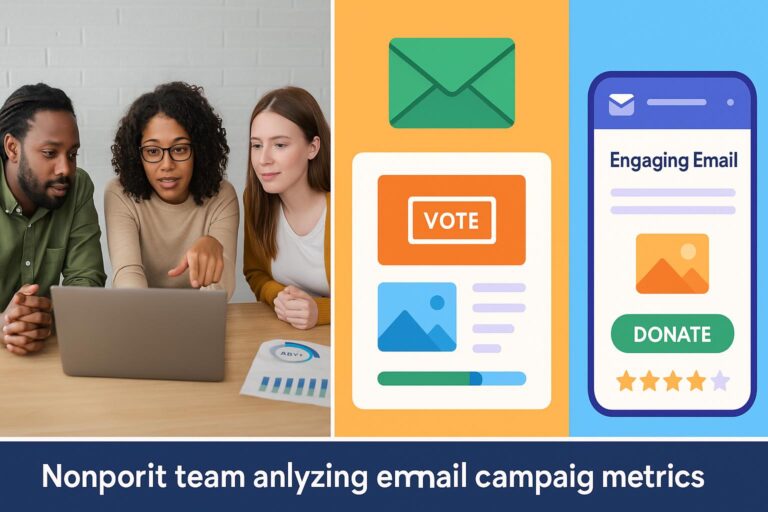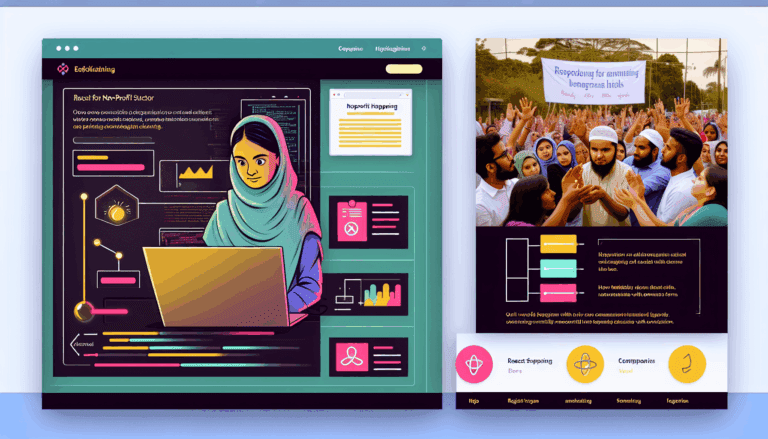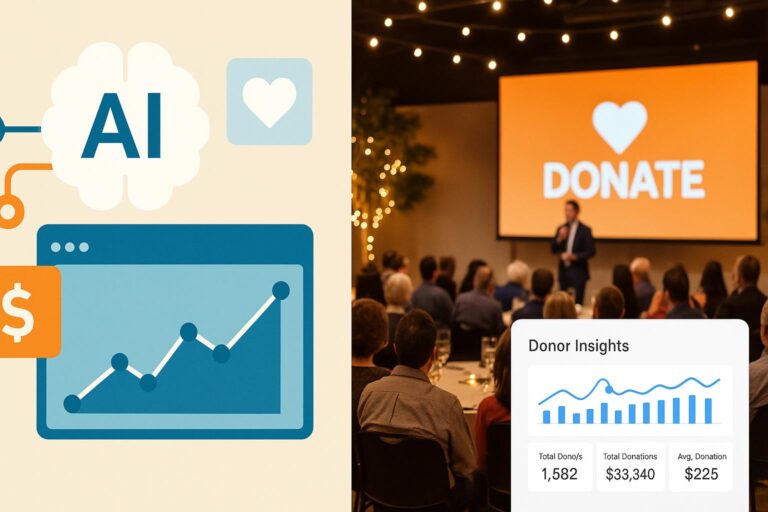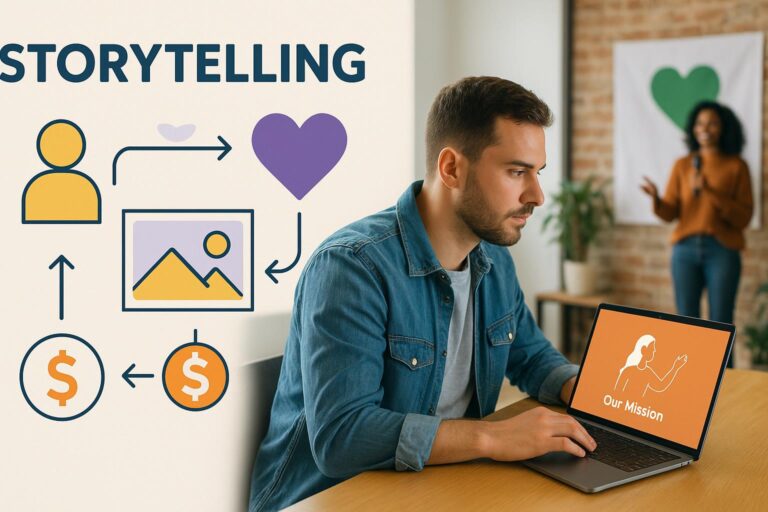In today’s digital-first fundraising landscape, non-profits and social campaigns are increasingly turning to micro-donations as a potent way to boost impact and engagement. As the giving economy shifts toward small, frequent contributions, understanding how to maximize these donations becomes critical for organizations seeking sustainable growth.
Many organizations face the challenge of converting casual donors into consistent supporters. Micro-donations, often overlooked due to their small size, can collectively generate significant revenue if approached strategically. This post explores how organizations can harness the power of micro-donations, leveraging technology, storytelling, and behavioral insights.
Understanding the Micro-Donation Phenomenon
What Are Micro-Donations?
Micro-donations typically involve contributions of $1 to $50, made frequently via online platforms, social media, or mobile apps. These small gifts are accessible, easy to give, and often driven by emotional or social factors. Their rise aligns with the digital economy’s emphasis on convenience and immediacy.
Why Are They So Effective?
The effectiveness of micro-donations stems from their low barrier to entry. Donors can give without significant financial commitment, making it easier to participate. Furthermore, micro-donations foster a sense of community and ongoing support, which can be more impactful than one-time large gifts.
Strategies to Maximize Micro-Donations
1. Optimize Donation Interfaces for Mobile
Mobile donation experiences should be seamless and intuitive. Simplify forms, include one-click giving options, and integrate with popular mobile wallets. Real-world examples include QR codes at events or social media donation buttons.
2. Leverage Storytelling and Emotional Triggers
Effective storytelling can turn casual donors into passionate supporters. Use compelling narratives that illustrate the impact of small donations, emphasizing how each contribution makes a difference.
3. Implement Recurring Giving Options
Encourage donors to set up recurring micro-donations. This creates predictable revenue streams and increases lifetime donor value. Automated reminders and thank-you messages reinforce engagement.
4. Use Data to Personalize Outreach
Segment your audience based on donation behavior and tailor messages accordingly. For example, send personalized updates or milestone celebrations to micro-donors to nurture loyalty.
Measuring Success and Continuous Improvement
Tracking micro-donation metrics is vital. Key indicators include total volume, average gift size, donor retention rate, and engagement levels. Use analytics to refine your approach continuously.
Conclusion: The Future of Micro-Donations
As digital channels evolve, micro-donations will likely become an even more central part of fundraising strategies. By optimizing user experience, storytelling, and data-driven personalization, organizations can unlock the full potential of small contributions. The key is to see micro-donations not just as small gifts but as building blocks for long-term supporter relationships and sustainable impact.
What’s next? Experiment with new platforms, test different messaging tactics, and analyze donor behavior regularly. Micro-donations, when harnessed effectively, can transform your fundraising landscape and create a ripple effect of positive change.






